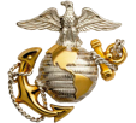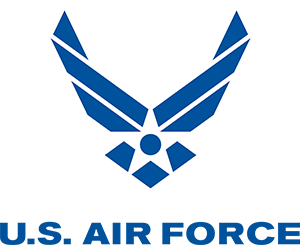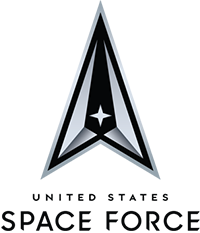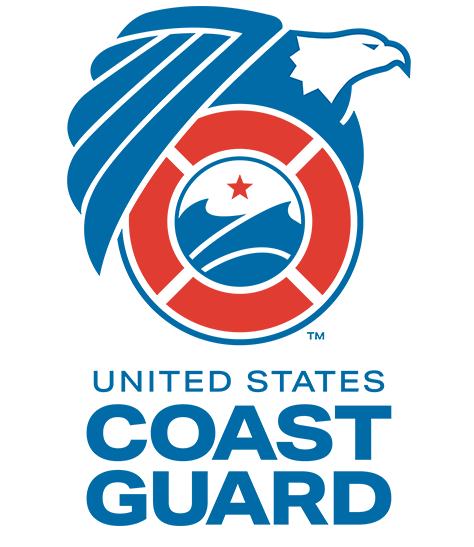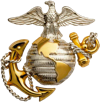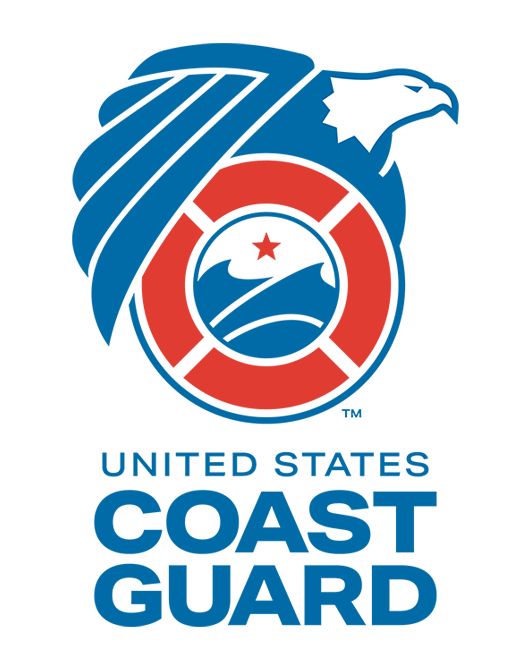Service Branches
Work Environment
Airplane pilots may be stationed at airbases or aboard aircraft carriers anywhere in the world. They fly in all types of weather conditions. Military pilots take off and land on airport runways and aircraft carrier landing decks.
-
Military Status
Officer
-
Median Military Salary This is the median, or the midpoint, of the salary range for this career.
$121,020
Military Salary Range Salary varies based on years of service, degree level, special pays, family status and location.
$26,917 - $386,094
Overview
Airplane pilots in the Military train, organize, and equip the nation’s air services to support the national and international policies of the government. They operate many different jet and propeller planes. Aircraft range from combat airplanes to supersonic fighters and bombers. In addition to flying aircraft, airplane pilots develop flight plans, check weather reports, brief and direct all crew members, and perform system operation checks to test the proper functioning of instrumentation, controls, and electronic and mechanical systems on the flight deck.
Military Training
Officers typically enter the Military after they have completed a four-year college degree; enlisted service members can transition to officer positions through a variety of pathways and earn a degree while serving. Like other officers, airplane pilots complete a comprehensive training program covering responsibilities, military structure and etiquette, traditions, and leadership development. They also participate in a rigorous pilot training program. Initial training includes time spent in flight simulators, classroom training, computer based training, and cockpit training. Advanced training begins when pilots successfully complete initial training and are awarded their “wings.” Advanced training consists of instruction in flying a particular type of aircraft. Training content may include:
- Aircraft aerodynamics
- Jet and propeller engine operation
- Operation of aircraft navigation systems
- Flying in all weather conditions
- Federal Aviation Administration (FAA) regulations
- Emergency procedures
- Flight briefs
Helpful Attributes
- Determination to complete a very demanding training program
- Self-confidence and ability to remain calm in stressful situations
- Strong desire to fly airplanes
Related Civilian Careers
- Commercial Pilots
- Airline Pilots, Copilots and Flight Engineers
- Aerospace Engineering and Operations Technologists and Technicians
- Aerospace Engineers
- Airfield Operations Specialists
More careers in this field
See all





